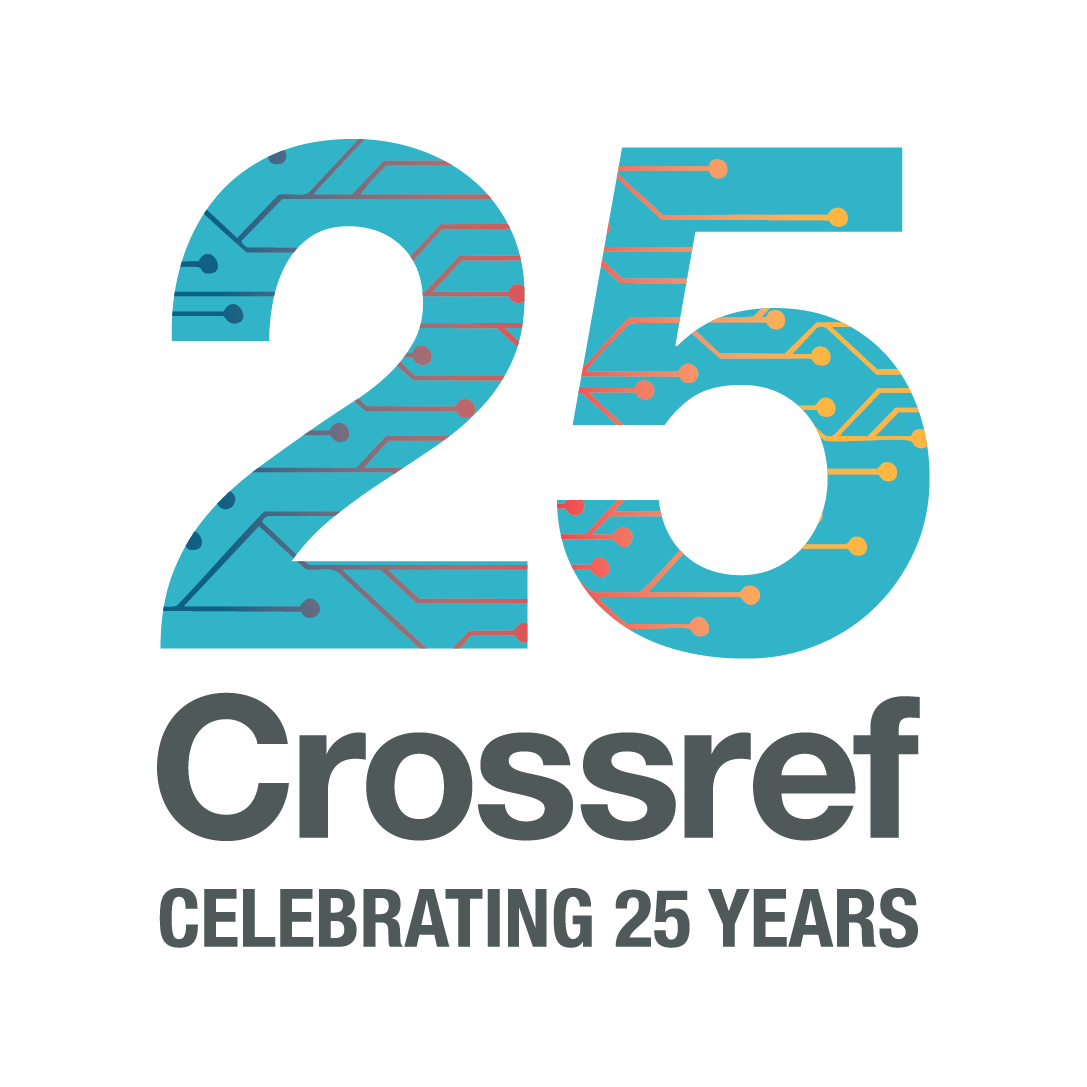Biography
Jennifer has moved on from Crossref. Jennifer Lin had over fifteen years of experience in product development, project management, community outreach, and change management within scholarly communications, education, and the public sector. She was the Director of Product Management at Crossref, a scholarly infrastructure provider. Previously, she worked for PLOS where she oversaw product strategy and development for the publisher data program, article-level metrics initiative, and open assessment activities. Jennifer earned her PhD at Johns Hopkins University.
Topics
- Product management
- Scholarly infrastructure
- funders and funding data
- research integrity
- research information network
- preprints
- Crossref Event Data
- altmetrics
ORCID iD
0000-0002-9680-2328





